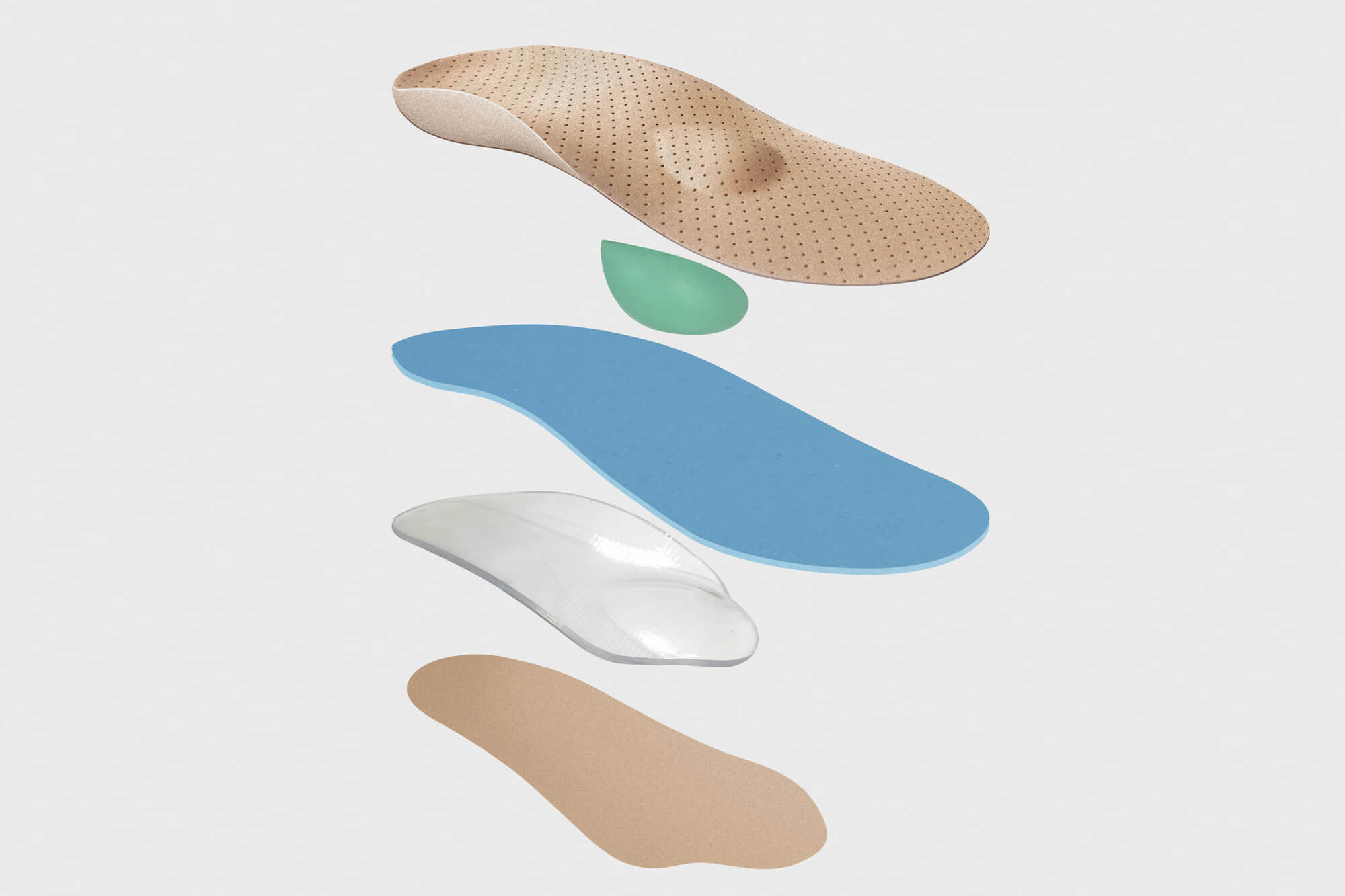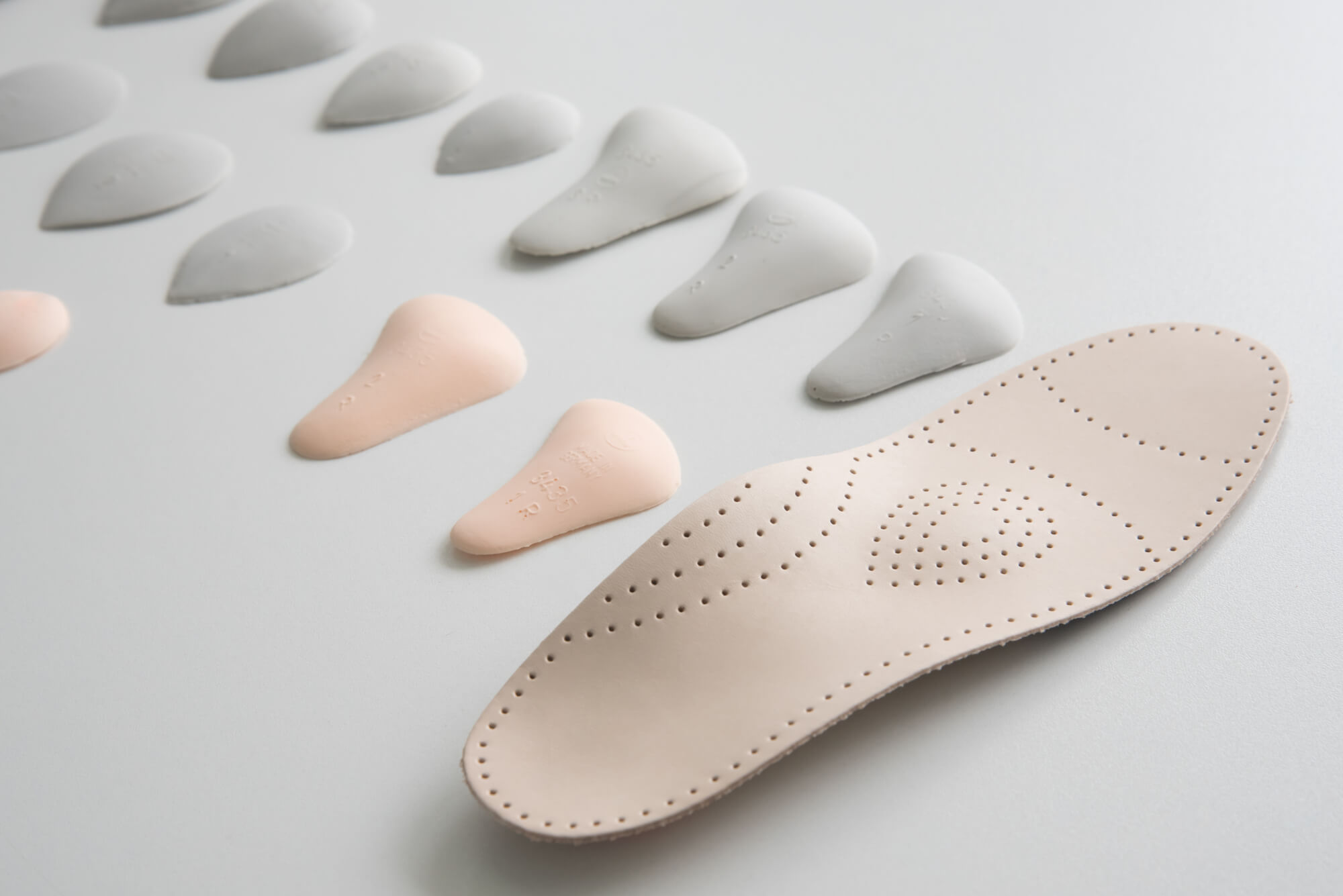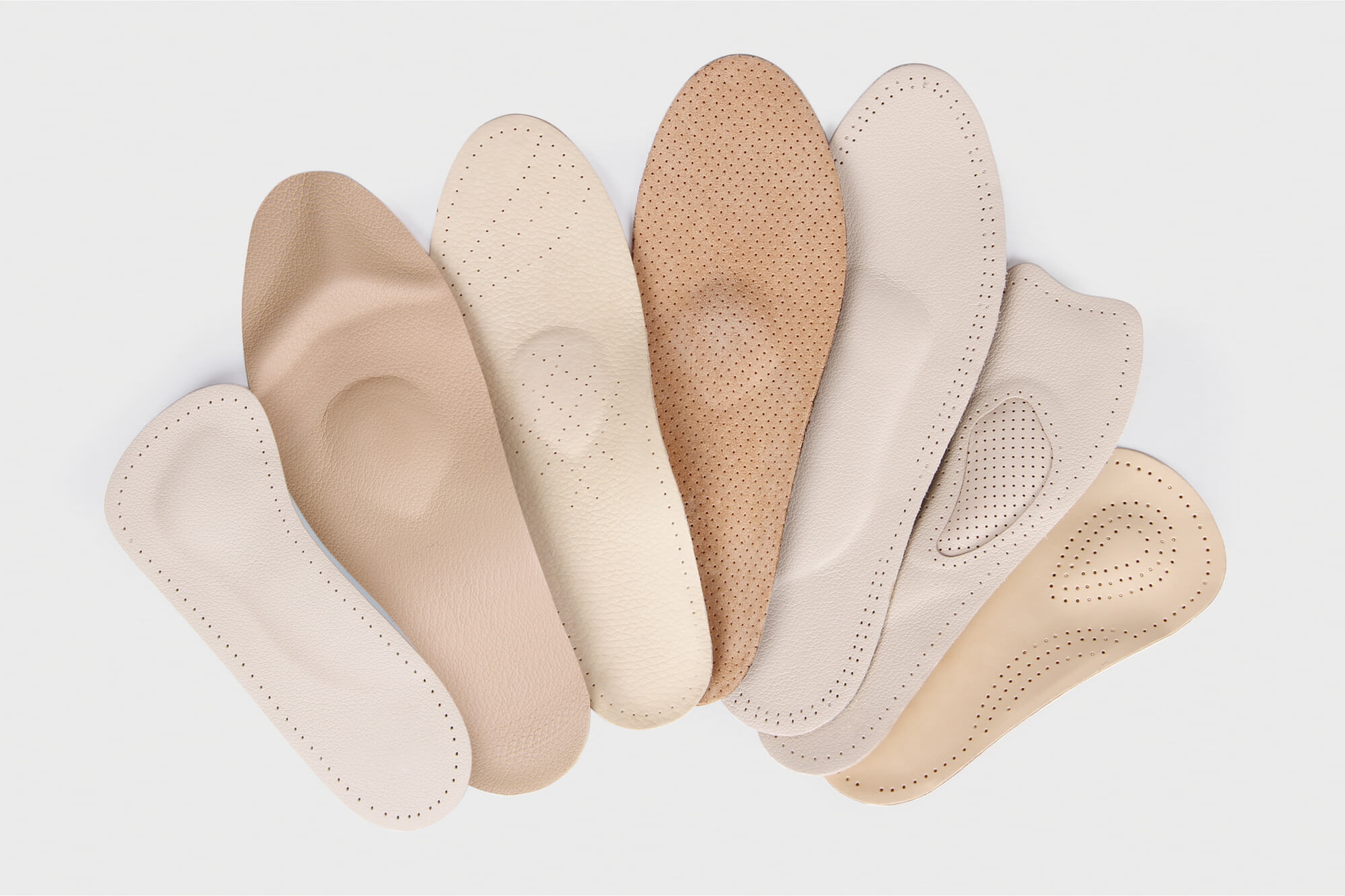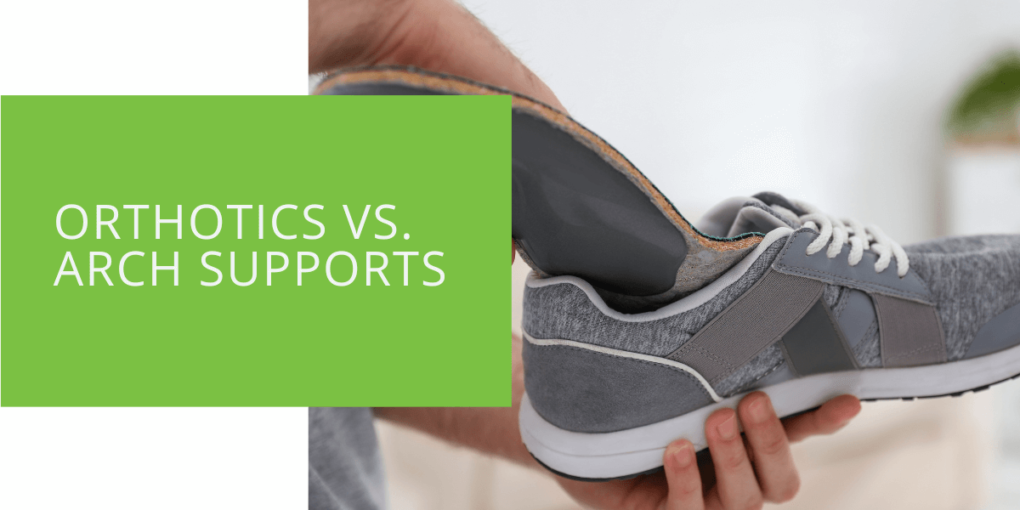Orthotics vs. Arch Supports
Foot pain and discomfort can significantly hinder our daily activities, making it difficult to walk, stand, or even just relax. Fortunately, several options are available to help alleviate foot pain and improve our overall foot health. Orthotics and arch supports are options often used to support and cushioning for the feet.
While these two types of foot support devices are similar, they have distinct characteristics and uses. Understanding the differences between orthotics and arch supports can help individuals choose the right foot support device for their needs. This article will delve into the definitions, types, and uses of orthotics and arch supports and explore the differences between the two. We will also provide recommendations for choosing between orthotics and arch supports.
What are Orthotics?

Definition of Orthotics
Orthotics are custom-made inserts designed to address specific foot problems or imbalances. They are typically made by a podiatrist or other healthcare professional, who takes a mold of the individual's foot and uses it to create a unique orthotic tailored to the person's needs. Orthotics can be made from various materials, including foam, plastic, and leather, and they may be rigid or flexible depending on the condition being treated.
Types of Orthotics
There are several types of orthotics, including functional, accommodative, and custom-made orthotics. Functional orthotics are designed to correct structural imbalances in the feet and can treat conditions such as flat feet and overpronation (excessive inward rolling of the feet).
Accommodative orthotics are softer and more cushioned and often provide additional comfort and support for people with diabetes or other conditions that cause sensitive feet. Custom-made orthotics are specifically designed for an individual based on a mold of their foot and are often used to treat more complex foot problems.
Uses of Orthotics
Orthotics are often used to treat various foot conditions, including plantar fasciitis (inflammation of the plantar fascia), flat feet, overpronation, and heel pain. They can also provide additional support and cushioning for people with diabetes or other conditions that cause sensitive feet. Orthotics can be worn in any type of shoe, including athletic shoes, dress shoes, and sandals, and are often recommended by podiatrists or other healthcare professionals for individuals with foot pain or discomfort.
What are Arch Supports?

Definition of Arch Supports
Arch supports are shoe inserts designed to provide support and cushioning for the foot's arch. They can be purchased over the counter or custom-made by a podiatrist or other healthcare professional. Arch supports are often made from foam, plastic, or leather and may be rigid or flexible depending on the support needed.
Types of Arch Supports
There are several types of arch supports, including over-the-counter arch supports, custom-made arch supports, and arch support insoles. Over-the-counter arch supports are readily available at most stores selling shoes that can be purchased without a prescription. They come in various sizes and shapes and are designed to fit a range of foot types. Custom-made arch supports are specifically designed for an individual based on a mold of their foot and are often used to treat more complex foot problems. Arch support insoles are inserts that can be placed inside a shoe to provide additional support and cushioning for the arch of the foot.
Uses of Arch Supports
Arch supports often alleviate foot pain and discomfort caused by conditions such as plantar fasciitis, flat feet, and heel pain. They can also provide support and cushioning for people with diabetes or other conditions that cause sensitive feet. Arch supports can be worn in any type of shoe, including athletic shoes, dress shoes, and sandals, and are often recommended by podiatrists or other healthcare professionals for individuals with foot pain or discomfort.

Differences Between Orthotics and Arch Supports
Level of support provided
One of the main differences between orthotics and arch supports is the level of support they provide. Orthotics are designed to address specific foot problems or imbalances and can provide a higher level of support and correction than arch supports. Arch supports, on the other hand, are primarily designed to provide support and cushioning for the arch of the foot and may not be as effective at correcting structural imbalances or addressing more complex foot problems.
Cost
Another difference between orthotics and arch supports is cost. Custom-made orthotics are typically more expensive than over-the-counter arch supports, as they are made specifically for an individual and require more specialized materials and labor. However, over-the-counter arch supports can still be effective at providing support and relief for certain foot conditions, and they may be a more affordable option for some individuals.
Customizability
Orthotics are more customizable than arch supports, as they are made specifically for an individual based on a mold of their foot. This allows for a higher level of precision and ensures that the orthotic fits the person's foot correctly and provides the necessary support and correction. Arch supports are typically one-size-fits-all and may not provide the same level of customizability as orthotics.
Conclusion
Orthotics and arch supports are both types of foot support devices used to alleviate foot pain and discomfort. Orthotics are custom-made inserts designed to address specific foot problems or imbalances and can provide a higher level of support and correction compared to arch supports. Arch supports are shoe inserts designed to provide support and cushioning for the arch of the foot and are typically more affordable and widely available than orthotics.

